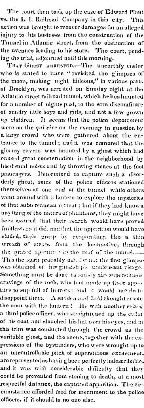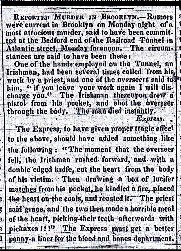Atlantic Avenue Tunnel – Paranormal, Ephemera & Additional Historical Information
|
||||||||||||||||||||||||||||||||||||||||||||||||||
|
||||||||||||||||||||||||||||||||||||||||||||||||||
| Recent Historical Research by Bob Diamond, Information on the Locomotive believed to be in the sealed off portion of the Tunnel: |
||||||||||||||||||||||||||||||||||||||||||||||||||
|
I was finally able (after 25+ years) to identify the engine in the 1844 Identifying the engine was previously difficult, because the book Using Wikipedia, I found they were not in fact a steam engine According to a Robert Stephenson website, The Brooklyn and Jamaica RR (predecessor of the LIRR) bought one of If it was the “Whistler” it must have had a trailing axle added, as in
|
||||||||||||||||||||||||||||||||||||||||||||||||||
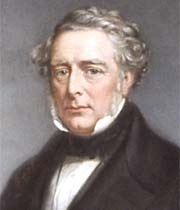 |
Robert Stephenson (pic on left) built at least one of the early steam locomotives bought used by the Brooklyn & Jamaica RR in the 1830’s, and later operated in the Atlantic Avenue Tunnel by the LIRR. |
|||||||||||||||||||||||||||||||||||||||||||||||||
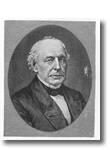 |
Mathias Baldwin built some of the early steam locomotives that operated through the Atlantic Avenue Tunnel. |
|||||||||||||||||||||||||||||||||||||||||||||||||
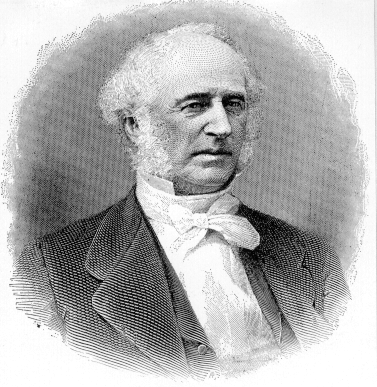
|
“Commodore” Cornelius Vanderbilt was the Operations Director and a Board Member of the LIRR at the time the tunnel was built. He was in charge of getting it completed. William Beard was the contractor. The LIRR was Vanderbilt’s first railroad enterprise- not the New York Central RR, as is the popular thought. |
|||||||||||||||||||||||||||||||||||||||||||||||||
| Information on Upcoming Tunnel Tours can be found on the bhra_events |
||||||||||||||||||||||||||||||||||||||||||||||||||



